Despite what some experts say, Australia’s crisis of baby-faced criminals committing violent offences isn’t ‘overblown’
Across the country, instances of worryingly young people committing heinous and violent crimes continue to spark anger and calls for tougher punishments.

Lifestyle
Don't miss out on the headlines from Lifestyle. Followed categories will be added to My News.
In the early hours of February 21, an elderly couple was asleep inside their home in the sleepy Cairns suburb of Manunda when a trio of teenagers allegedly broke in.
The frightened woman was led into a room and allegedly raped by two of the boys, aged 15 and 16, while the other 15-year-old held her husband at knifepoint.
Police arrested the youths the next day, and they were charged with multiple offences.
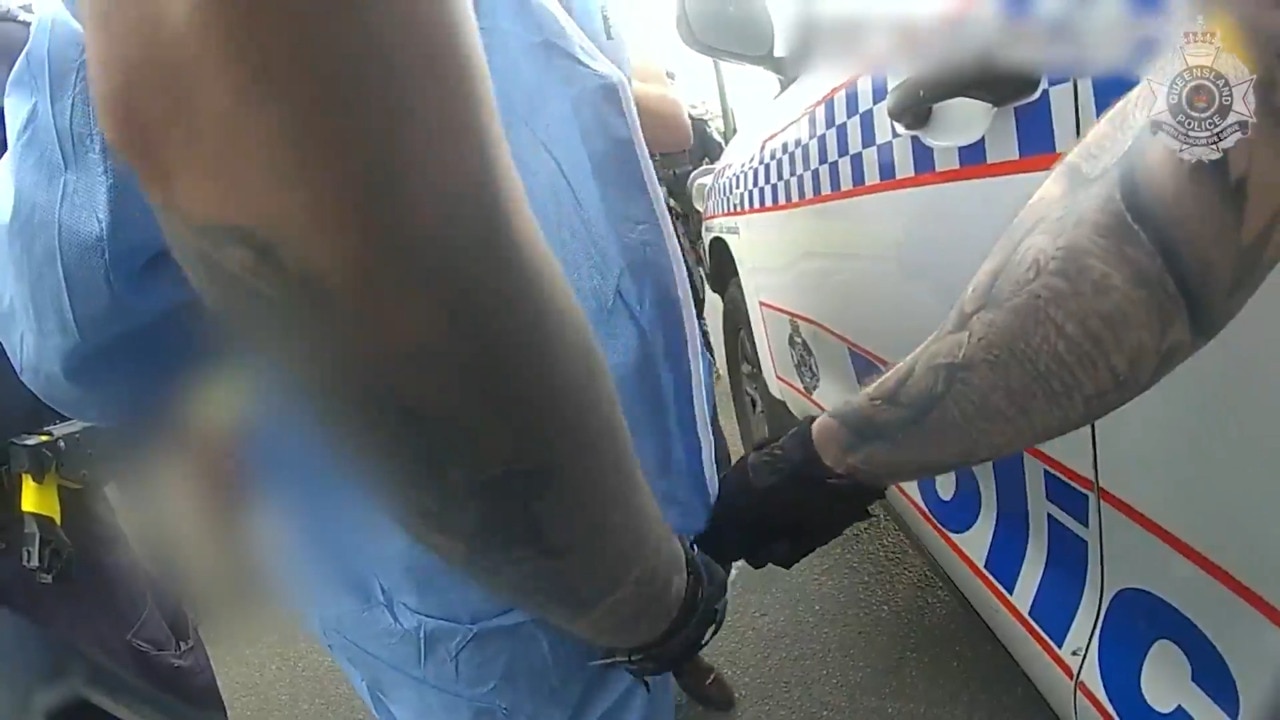
For the Queensland Government, it was clear proof its controversial ‘Adult Crime, Adult Time’ youth justice reforms were necessary – and needed to go even further.
“I don’t think crime anywhere in the state is acceptable at the level it is, but in the Far North at the moment, it’s horrendous and it’s ripping the heart and soul out of a beautiful part of the state,” Queensland Premier David Crisafulli told reporters at the time.
In the months since, politicians in other parts of the country have responded to equally alarming incidents with promises of legislative crackdowns.
In the Northern Territory in April, tougher bail laws were flagged following the alleged murder of 71-year-old shopkeeper Linford Feick by a teenager who had been bailed just six days earlier.
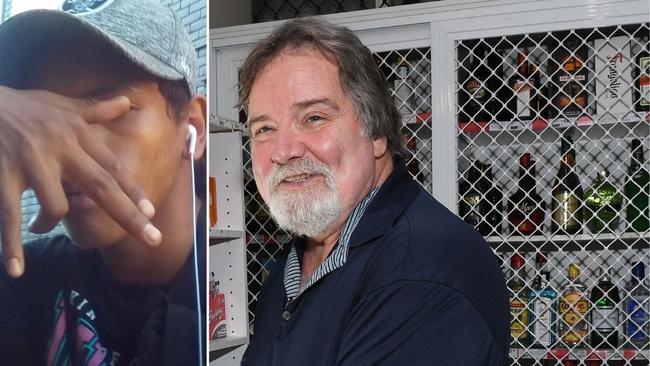
And in Victoria late last month, the sale of machetes was swiftly banned after a violent brawl allegedly involving heavily armed youths in a Melbourne shopping centre – the latest in a string of knife-related attacks.
For some experts, while appalling, serious offences like these are overwhelmingly uncommon and the so-called youth crime crisis has been overblown by some politicians and media commentators.
In a submission to a senate inquiry in October, the Parenting and Family Research Alliance said juvenile offending rates between 2009 and 2023 had fallen by 42 per cent nationally, although it noted “concerns” about a “subset of youth” engaged in serious crime.

That’s the part opponents of youth justice crackdowns are missing, police and welfare sources from Queensland, New South Wales and Victoria told news.com.au – worryingly young offenders are committing increasingly violent crimes in communities across the country.
“The do-gooders point to graphs and say there’s no problem, but when a drugged-out kid steals a car and smashes it into a family and kills them or rapes a pensioner in her bed, they look the other way,” a senior community figure, who spoke on the condition of anonymity, said.
“You can show me all the data you like but the fact is we have a problem here and we need to do something about it. The system isn’t working. It’s broken.”
A litany of horror stories
A number of serious alleged crimes involving especially young offenders have been chronicled across the country already this year.
In March, two boys aged 13 and 14 allegedly stole a car from a home in Port Stephens in New South Wales before crashing it and fleeing the scene. The younger child was allegedly behind the wheel.
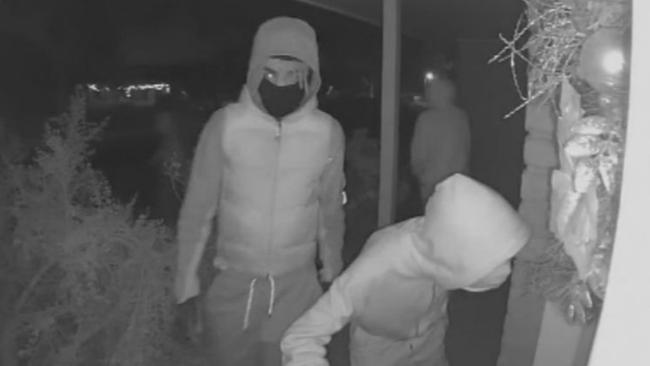
A 13-year-old boy was out on bail for other offences when he allegedly threatened two women with a knife during a carjacking in Cranbourne in Melbourne in February.
The same month, a 16-year-old male who had faced a total of 65 charges in the previous few years was granted bail over two alleged home invasions and car thefts in suburban Melbourne. When arrested by police, he was found with a machete, fishing knife and baseball bat.
Also in February, a mob of teens allegedly attacked a shopping centre security guard in Bendigo, Victoria, kicking him and stomping on his head, before assaulting a member of the public who tried to intervene. Three males aged 14, 16 and 17, were arrested and charged.
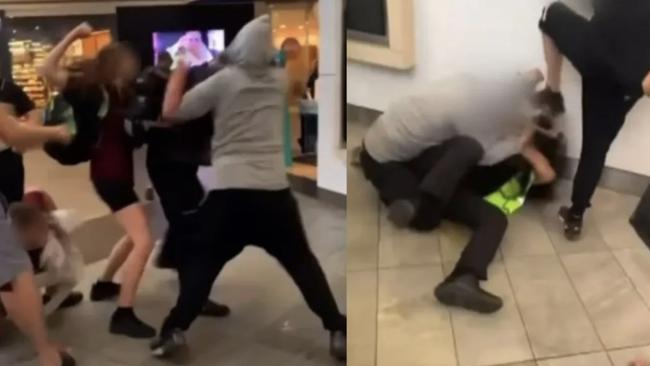
And the same month, a 17-year-old was allegedly driving unlicensed and under the influence of drugs when he struck and killed a 76-year-old man on a mobility scooter in Kingston, south of Brisbane.
In January, dramatic footage emerged of the arrest of several youths who allegedly stole a Mercedes parked outside a Melbourne pub before ramming a police car. Among those allegedly crammed into the vehicle who attempted to flee were two boys aged 12 and 14, and two girls aged 16.
That same month, Victoria Police arrested five male youths, ranging from 14 to 16, for an alleged attack on a 17-year-old who was left in a critical condition after being slashed with a machete during a “prolonged assault”.
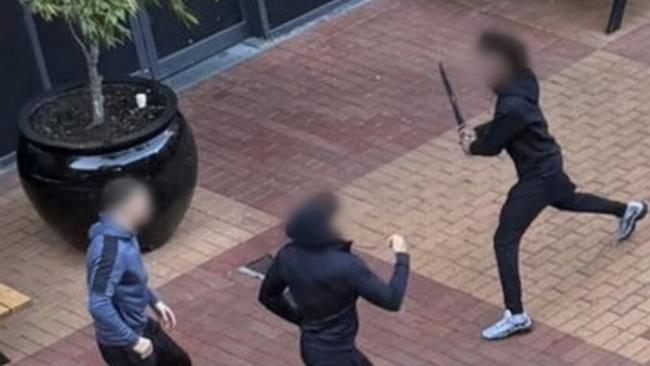
And a 13-year-old boy from Yamanto, west of Brisbane, was in January charged with attempted murder after allegedly stabbing a supermarket worker, leaving the woman in a critical condition.
Authorities grappling with a crisis
Police forces across the country have ramped up efforts to tackle youth crime with a range of proactive initiatives, expanded powers and special taskforces.
In the first three months of 2025, NSW Police seized more than 90 weapons, ranging from machetes and knuckle dusters to Tasers, in special metal detector ‘wanding’ snap operations, resulting in 67 people being charged with 71 offences.
“The number of weapons seized already is shocking,” Premier Chris Minns said. “To have taken almost 100 knives and other weapons off our streets is as horrifying as it is important.”
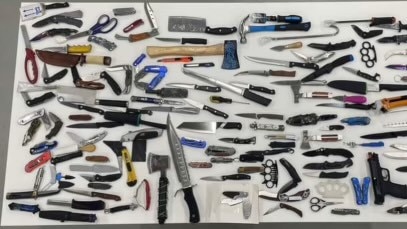
In March, NSW Police launched Operation Soteria to address an escalation of violence among youth offenders aged 11 to 16 in regional hotspots across the state.
“The operational arm of this operation consists of high-visibility policing, targeting a defined cohort of hundreds of repeat offenders believed to be responsible for 90 per cent of youth crime across regional NSW,” Deputy Commissioner Paul Pisanos said.
The taskforce also oversees Operation Regional Mongoose, established in late 2023, which has arrested on average 13 young offenders every week.
Highlighting both the increased efforts of police and the extent of the crime problem, authorities in Queensland made a staggering 4235 arrests and laid more than 18,000 charges in the first three months of the year alone.
During those arrests, 112 deadly weapons were sized.
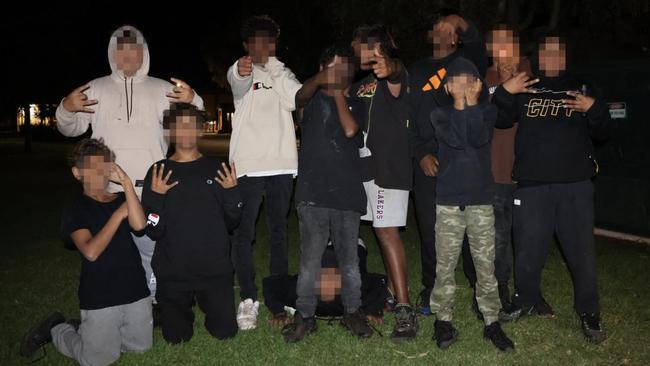
In Victoria, offences committed by offenders aged 10 to 17 are at the highest levels since 2009, with 2024 marking the highest increase ever.
A large proportion of repeat offenders had been released in the previous 24 hours.
Youths make up 10 per cent of all offenders, according to Victoria Police, but are overrepresented in particular crimes like aggravated burglary and car theft.
Address the bottom to improve the top
Detective Acting Superintendent Paul Ready from Queensland Police’s Youth Crime Taskforce said early intervention is a critical component of the state’s efforts.
“That includes police diversions,” Mr Ready said.
“We’re constantly looking at how we can develop that capability. We give our frontline members a greater input so that they can talk to the young person and their carers or legal representatives about cautioning and diversion or restorative justice.
“We see, anecdotally, that a majority of young people who have early intervention don’t come back to the system, which is what we’re trying to achieve. We’re trying to cut off that flow from the bottom end so we can fix the top end.”
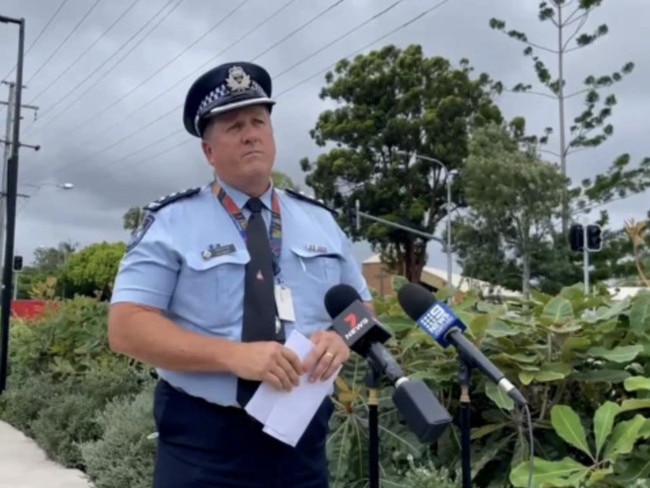
The Queensland Government has highlighted drops in crime data in the first part of 2025 as a sign its crackdown is working.
Mr Ready is also encouraged.
“What we’re seeing is some of the data is breach of bail is reducing,” he said. “It’s still early days and we want to see that continue.”
Supporting victims is crucial
In January 2021, Queensland couple Katherine Leadbetter and Matthew Field were driving in their car when it was struck by an out-of-control stolen vehicle driven by a drugged and drunk 17-year-old.
The couple and their unborn baby were killed. The offender was found guilty of two counts of manslaughter and sentenced to 10 years’ imprisonment, although he will only serve 60 per cent of that duration.
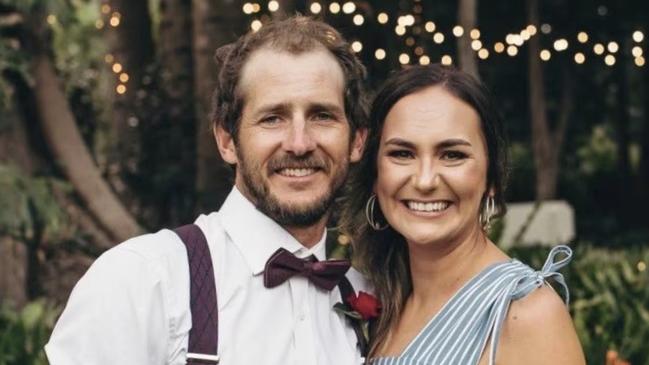
Natalie Merlehan was in her car and also hit head-on by the boy.
Despite suffering significant injuries, she leapt from her mangled vehicle and provided first-aid to Ms Leadbeter and Mr Field until paramedics arrived.
“It was a significant tragedy that garnered a lot of public attention, yet at no point did anyone from the government reach out to assist me,” Ms Merlehan said.
“It was deemed a property crime because I was inside my car, so that automatically disqualified me from any assistance. I had to engage a solicitor and a barrister, which in itself was quite horrific.
“I suffered a brain injury, I have permanent nerve damage on the right side of my body, and damage to my spine that’s required five surgeries. Anyone who hears my story would objectively conclude I was the victim of a crime, but the system didn’t see it that way.”
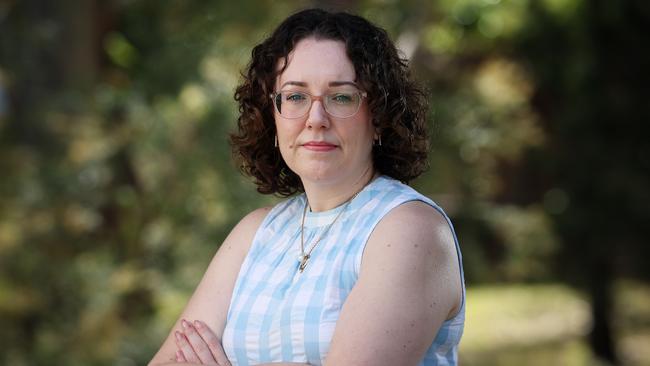
Ms Merlehan, who has a background in criminology, began advocating for greater supports for all victims – even those who “don’t fit into a tiny box defined by governments”.
Adding to her frustrations was the previous government’s “refusal to accept there was a problem and there was something they could do”, she said.
“We had so many really significant crimes occur during that term. At least with the current government, they seem to be trying to make some positive change and while obviously there’s a lot of conjecture around sentencing, they’re acknowledging the issues.”
Empathy and understanding aren’t weak
For some in the community, a heavier-handed response is preferred. Scan social media comments on news stories about youth crime and you’ll get a sense of heated attitudes.
“Lock them up and throw away the key,” is a common phrase.
A lawyer representing youth offenders, who asked not to be named, said rising anger in the community wasn’t helping tackle the problem.
“I worry when I hear how some people talk about these kids. There was a rally in North Queensland and someone got up and called for them to be ‘put in coffins’. There’s a lot of anger.
“Yes, if they have committed a crime, they should answer for it. But do we just throw these young people away like garbage? Very few people want to stop and wonder what led this young person to commit such an act.”
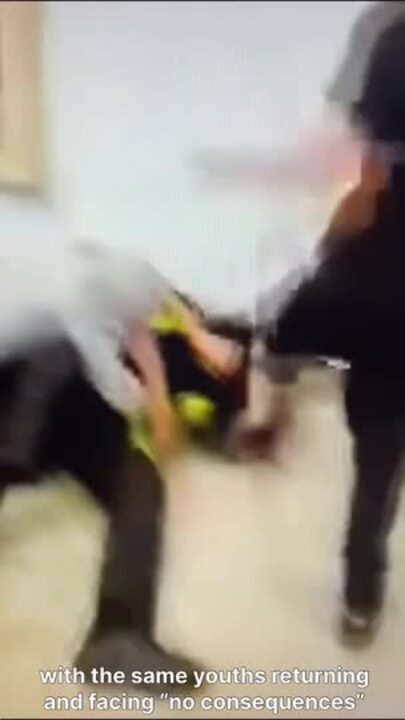
Trudy Reading from the advocacy group Voice for Victims shares a similar pragmatic views.
“We established our group in July 2023 off the back of some pretty horrendous incidents in Queensland and because had politicians telling us there wasn’t an issue,” Ms Reading said.
“It was almost a bit of a sweeping under the carpet. Since then, we’ve had three rallies public rallies and we’ve made submissions to the previous and current government on a range of different reforms.”

Those proposed reforms include support for victims and a tougher stance on crime responses, but also initiatives to curve youth crime by “cutting it off sooner” through early intervention.
“We understand the majority of these kids are often victims themselves,” Ms Reading said.
“We know they’re suffering from they alcohol or drug dependency, or they’ve come from broken homes or with domestic violence that significantly impacts supervision and support. Those are reasons they’re offending.
“At the moment, [the system] allows that reason to become an excuse for their behaviour. We’ve lost sight of how to fix the issue. We need to catch these kids earlier. We know that big detention centres don’t work and we know those kids come out at with 90 per cent reoffending.
So … is there a crisis?
Debate around crime statistics don’t really matter if a large part of the community feels unsafe, a team of experts from Bond University pointed out.
Terry Goldworthy, Gaelle Brotto and Tyler Cawthray, each associate professors in criminal justice and criminology at the uni, analysed the youth crime situation across major states in analysis for The Conversation.
“A sense of crisis is created to some degree by not only rising crime rates, but also a sense of helplessness felt by the community and a perceived failing of the government to provide for a safe and secure community,” they wrote.
“How the public perceives crime issues is just as important as the reality of crime trends themselves.”

A 2023 survey of Queenslanders found almost half of respondents felt youth crime was either increasing or at crisis point, and as a result, three-quarters of people had taken steps to beef-up home security in the year prior.
The researchers said short-term action by police and governments to address community safety concerns is warranted.
“But all states and territories also need to address the longer-term, multi-factoral causes of youth crime, such as truancy and disengagement from school, drug usage, domestic violence in the home and poor parenting.”

As she still grapples with her ongoing recovery and enduring trauma, Ms Merlehan she said agreed.
“We need to look further into the rehabilitation and education of kids that are in custody because it’s not necessarily just about locking them up. You’re taking those serious offenders off the street but also they have to go back into society at some point.
“We want them back there with the tools that they need to adhere to a minimum standard that society would expect and that’s obviously through training, education, schooling and giving them those opportunities while they’re incarcerated.”
For those opponents of tough policing and sentencing reforms who downplay the “crisis”, Ms Merlehan said she had two questions.
“Having sat through statisticians giving evidence about the data, I question the efficacy of what they’re collecting and want to see it appropriately scrutinised.
“But really, my second and main question is whether these experts actually gone out and spoken to victims and seen the impact it’s having on them and their families and the way that they conduct their lives after these significant incidents.
“There is a lot of focus on the kids that are committing these crimes but there is a really significant lack of care about the impact on victims, their families and their communities.”
Originally published as Despite what some experts say, Australia’s crisis of baby-faced criminals committing violent offences isn’t ‘overblown’





